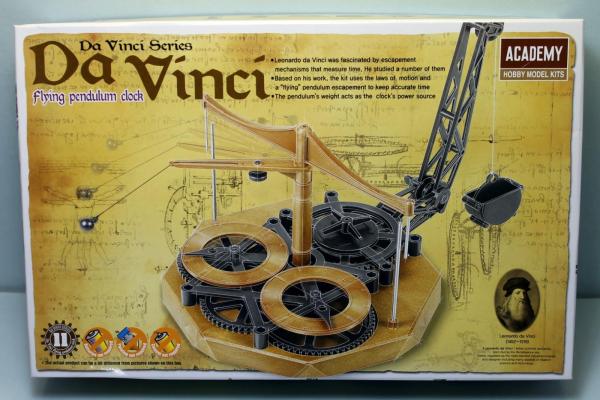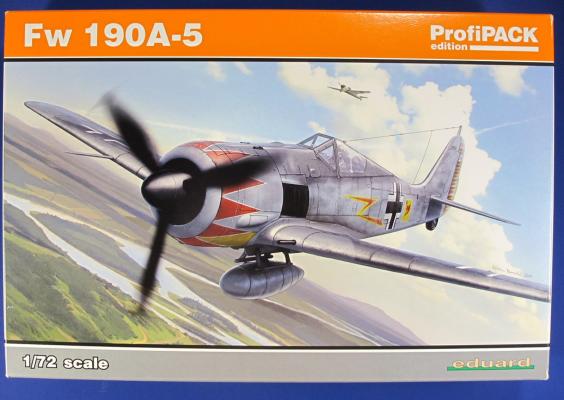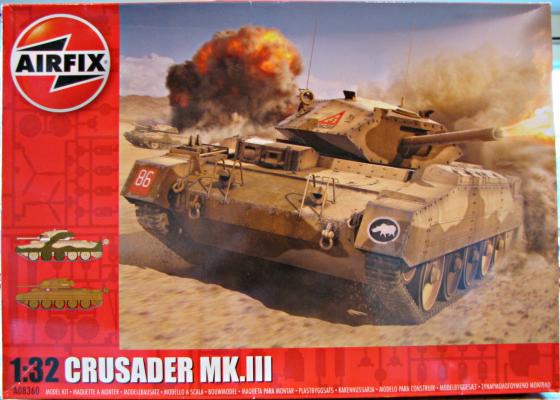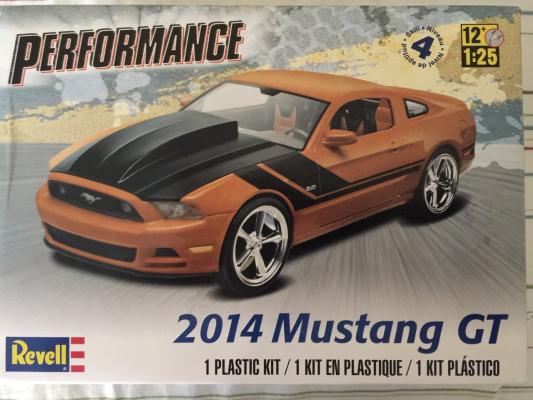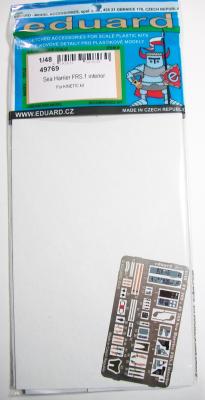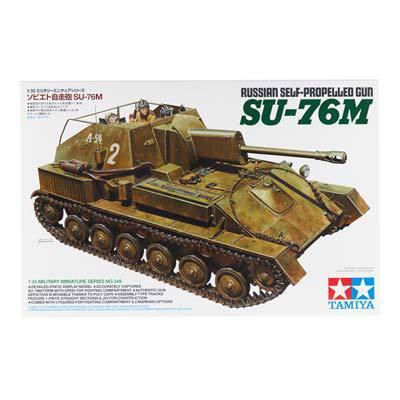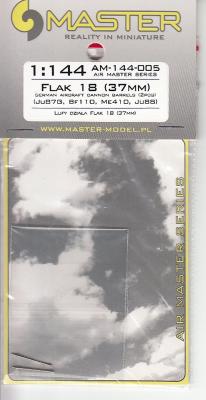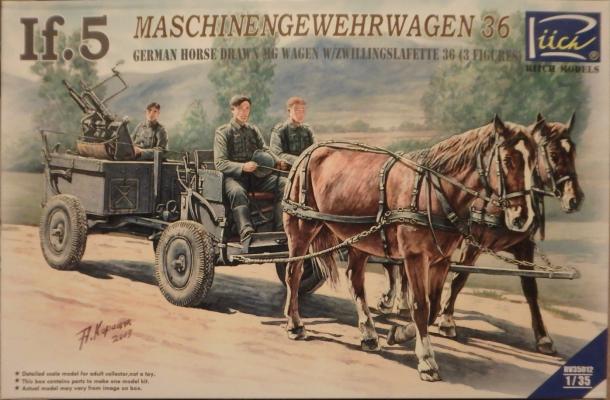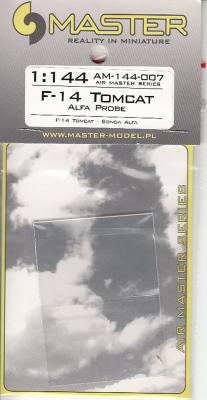From the MRC website listed above,
Da Vinci was fascinated by how timepieces operate. Based on one of his sketches, it uses the laws of motion and a vertical “flying” pendulum escapement to keep accurate time.
The pendulum’s weights, in a bucket suspended from a crane-style arm, act as the clock’s power source. The weights propel the pendulum from vertical post to vertical post. As it “flies” it turns precision gears, which in turn keep time. To speed up or slow the clock, adjust the weight-balance of the pendulum by adding or removing weights.
Kit
The kit comes packaged in a sturdy cardboard box with 2 bags of parts and the instruction manual.
One of the bags contains the parts molded in brown plastic that resembles wood grain. Included in this is 1 sprue containing 6 parts, 1 loose base, 1 loose top piece (C2) and 2 loose clock faces.

